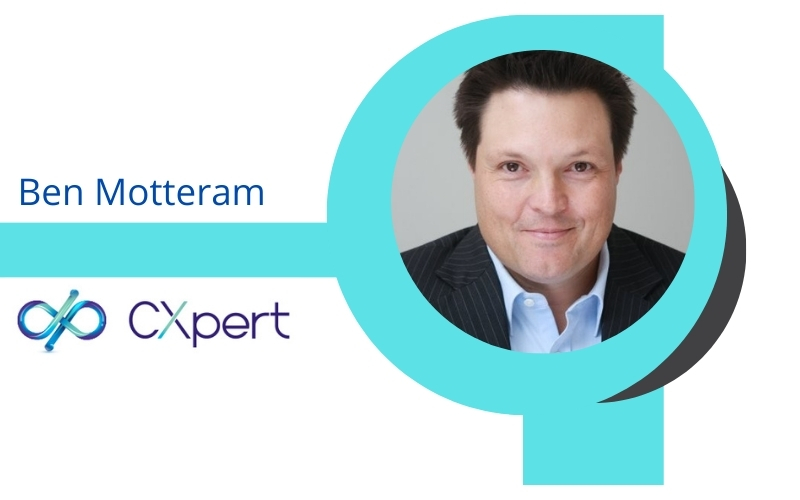Ben Motteram, industry veteran and founder of CX consultancy CXpert, extolls the importance of creating positive employee experiences in building successful customer experiences. In this interview with CXFocus Editor, Mark Atterby, he shares his thoughts about CX and the trends shaping the future.
Mark Atterby (MA): Please provide a background to your career and your role as an industry consultant.
Ben Motteram (BM): I’d been in sales and marketing roles for my entire career when I first learned about customer experience management in 2013. The core idea of growing a business by understanding customers and then designing better experiences for them completely resonated with me and so I opened the doors of my consulting company, CXpert, in 2014. In the 10 years since then, I’ve worked with some of Australia’s most recognisable brands to help put the customer at the heart of everything they do. This included a year at nbn in 2018 where I headed the CX program for their Business segment and improved their NPS score by 25% in 12 months. I did this by creating their CX strategy, refining the customer insights program, creating multiple CX improvement initiatives as part of a broader CX program of work, and created the CX dashboard which communicated the status of the CX program to the organisation.
MA: What is the most important lesson you have learnt during your career about CX and customer service?
BM: The internal experience determines the external experience. The best CX strategy in the world will fail if frontline employees – those people actively delivering your experience every day; think customer service, customer success, fulfilment, and support – aren’t engaged or worse, don’t like the company they work for. Its why Peter Drucker said “culture eats strategy for breakfast”. You’ve got to have good employee experience (EX) before you begin thinking about improving your CX.
MA: Was there a specific moment or event that made you realise this?
BM: Not a specific moment working as a consultant or practitioner but as soon as I read about the The Service-Profit Chain, and having worked in frontline service and sales roles for many years, intuitively I knew it was right. It’s why with any CX consulting I do, I always start by looking at the culture: the organisation’s reason for existence, it’s vision, mission, and values, how people are hired, fired, and promoted, and results of employee surveys.
MA: What do you think are think are the most important developments in CX over the last 5 – 10 years?
BM: Here in Australia where we lag behind the US and UK, I think the most important development I’ve seen since starting CXpert is the acceptance of CX management as a means of attracting and retaining customers. In 2024, Australian organisations are much more likely to have a CX strategy that guides their investments and decisions whereas ten years ago I found I was doing a lot of explaining around what CX was and why it was needed. A decade ago in the US and UK, the benefits of differentiating based on service were well understood. These markets are much more competitive than in Australia where, as an oligopoly, a maximum of four main companies dominate virtually every industry.
MA: What trends do you believe will impact the industry in the future?
BM: Right now, generative AI has the potential to make a huge impact on customer experience. It levels the playing field by giving smaller companies access to features that previously were only available to enterprises with deep pockets. Things like 24/7 availability with chatbots, predictive analytics, personalisation, feedback analysis, and proactive issue resolution. They give SMB’s the opportunity to elevate their CX and compete in ways they previously couldn’t.
MA: What would you advise other CX leaders to do to stay connected with their people and customers?
BM: Get away from your desk and spend time where the action is. If you have a contact centre, spend a day on the phones. If you have a bricks and mortar store, go and watch how customers move through it and interact with your products. Listen to the questions they’re asking and watch how they’re interacting with your employees. Spend a day on the road with your salespeople or service technicians. Spend time watching your customers use your products. The scientific name for this is ethnography and if you ask a research company to do it for you, they’ll probably charge you a bomb but there’s nothing to stop you doing it yourself and gaining your own valuable insights. You can learn a lot from reading customer feedback reports. But you can learn so much more by spending time with customers and people on the front line.

